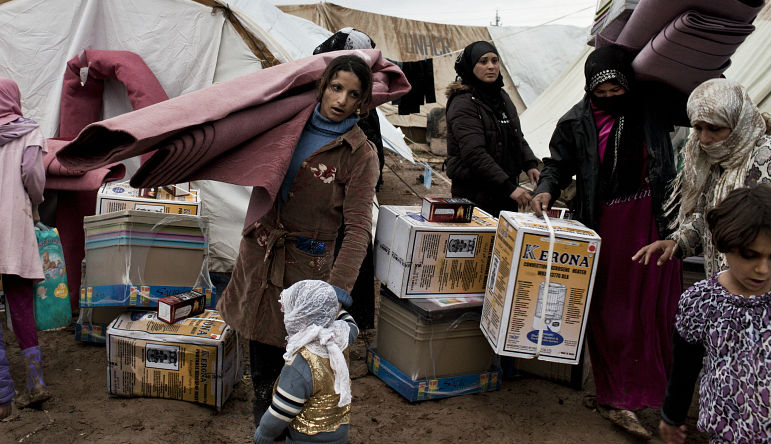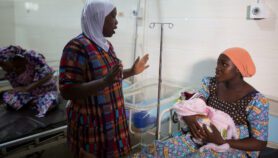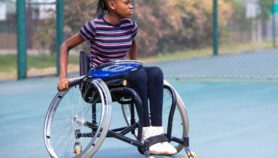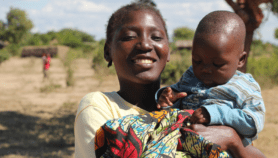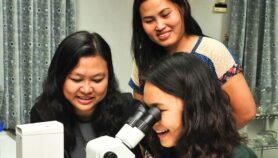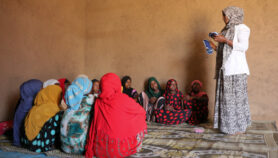By: Imogen Mathers
Send to a friend
The details you provide on this page will not be used to send unsolicited email, and will not be sold to a 3rd party. See privacy policy.
Syria’s refugee women are the main support for over a quarter of the 145,000 families now displaced across the Middle East, according to a report published by the UN Refugee Agency (UNHCR) last week (8 July). [1] ‘Woman Alone – the fight for survival for Syria’s refugee women’ draws on interviews with women in Egypt, Jordan and Lebanon who, forced into exile and separated from their traditional support networks, have taken on new responsibilities as primary breadwinners and carers. [2]
The report calls for better humanitarian responses to these women’s needs for security, health, employment, and their children’s wellbeing. And it says that data must underpin such a response.
Dyan Mazurana, a research director at the Feinstein International Center, at Tufts University, United States, tells me that poor data on refugees is “a serious problem” — and data that is ‘disaggregated’ so it’s specific for gender and age will be vital for tailoring humanitarian assistance to women’s needs.
“If [humanitarian agencies] don’t sex-disaggregate their data, they won’t understand what the different needs and vulnerabilities of populations are.”
Dyan Mazurana, Feinstein International Center
Among communities displaced or affected by conflict, “female-headed households look really different to male-headed households … and tend to have fewer assets, less wealth, and less access to basic services like health, education and water”, she says.
“If [humanitarian agencies] don’t sex-disaggregate their data, they won’t understand what the different needs and vulnerabilities of populations are”, she adds.
Mazurana has analysed the humanitarian system’s weaknesses around collecting and using sex- and age-disaggregated data to inform emergency response. [3] She explains that gathering data from women requires careful planning and sensitivity to social customs. Agencies need to hold female-only focus groups so that women from traditionally male-dominant societies have the space to talk more openly.
“You must have women on your team who are out there collecting data,” she adds, “because very often women [in refugee communities] are only allowed to talk to women.”
Health assistance agencies particularly need to ramp up their data disaggregation efforts, Mazurana says. Better data will enable better analysis of how illnesses and injuries affect different gender groups. This is “essential … [because otherwise] agencies won’t know who’s coming in for what, who they’re missing, and who’s being excluded”.
Mazurana says that despite expressing a “firm commitment” to collecting sex-disaggregated data, many humanitarian agencies simply “don’t know how to design it into their work, don’t know how to analyse it, and don’t understand what it means”.
The expansion of programmes like GenCap — a UN-run standby team of gender experts that countries can call upon when crises occur — could transform assistance, making it less “gender blind” and more sensitive to women’s needs, she says.
“If the donors demand, insist, prioritise and check up that this is done, [agencies] will do it. And you can really see the impact… it just makes sense.”
Imogen Mathers is a writer/producer at SciDev.Net. @ImogenMathers
References
[1] Astrid Zweynert, Alone and exposed, Syrian refugee women fight for survival (Thomson Reuters Foundation, 8 July 2014)
[2] Woman Alone: The fight for survival by Syria’s refugee women (UNHCR, 8 July 2014)
[3] Dyan Mazurana and others, Sex and age matter: improving humanitarian response in emergencies (Feinstein International Center, 2011)


